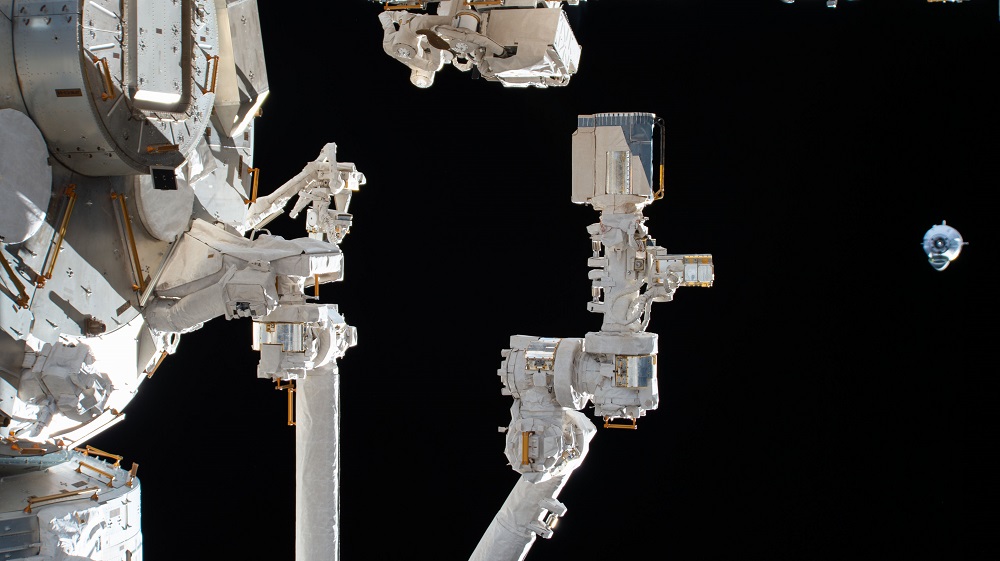Thinking About the Big Year in Spaceflight and What It Means Going Forward
December 14, 2020
The rapid development of an effective COVID-19 vaccine was the most important technological advance of 2020, but it was hardly the only one. It was also an amazing year for spaceflight, including the launch of three Mars missions. Most notable for Americans, perhaps, was the return of human orbital capability for the United States thanks to SpaceX’s Dragon 2 spacecraft.
Of course, during a pandemic the benefits of spaceflight innovation aren’t quite as important as those in healthcare. But they are important, if not easily quantifiable. As President Kennedy said in 1962, “We choose to go to the moon in this decade and do the other things, not because they are easy, but because they are hard.”

And in a lovely 2018 essay in The New Atlantis, James Poulos makes the case that traveling to Mars would be about far more than a demonstration of our ability to collect and analyze some rocks that currently sit tens of millions away from Earth. Poulos writes, “Is not Mars so special and so ripe with specific possibility, waiting for us and the fast approaching moment when we might settle it permanently, that we are obliged to speak of Mars with love, in love? Would we not speak wrongly, even falsely, if we spoke any other way of the only place available to us to make our first home away from our home planet?”
That said, there are also economic benefits to leaving this planet, valued at a number potentially in the trillions of dollars. It was a subject I discussed in 2019 with Matt Weinzierl of Harvard Business School, and it includes everything from tourism to manufacturing to mining. Now I’ve always found the idea of orbital manufacturing, in particular, to be a pretty interesting potential killer app. So I loved coming across news about venture capital funding for Varda Space Industries. Here is a great summary of the company’s vision for space manufacturing, from which I draw this quote:
Experiments conducted by NASA and the crew of the ISS have shown that there are many exciting applications for in-space manufacturing that are extremely important for society. But there’s a problem. Getting the equipment needed to manufacture these things to a low gravity orbit has required astronomical cost — you need to hitch an expensive ride on a rocket to get there. And once in space, the problems only compound. There are no people, you can only build with the materials you brought up, and it’s nearly impossible to fix anything so all systems need to be automated and extremely robust.
Thankfully, the costs of getting into space are dropping rapidly, largely due to innovations like vertically integrated production and rocket reuse pioneered by SpaceX. Cost reductions will only continue with the Cambrian explosion of other startups pursuing cheaper and better rocket solutions. For the first time in history, commercial space manufacturing is starting to be viable. [emphasis in original]
Like I said, a big year in innovation with more to come, one hopes, in 2021.
Sign up for the Ledger
Weekly analysis from AEI’s Economic Policy Studies scholars


